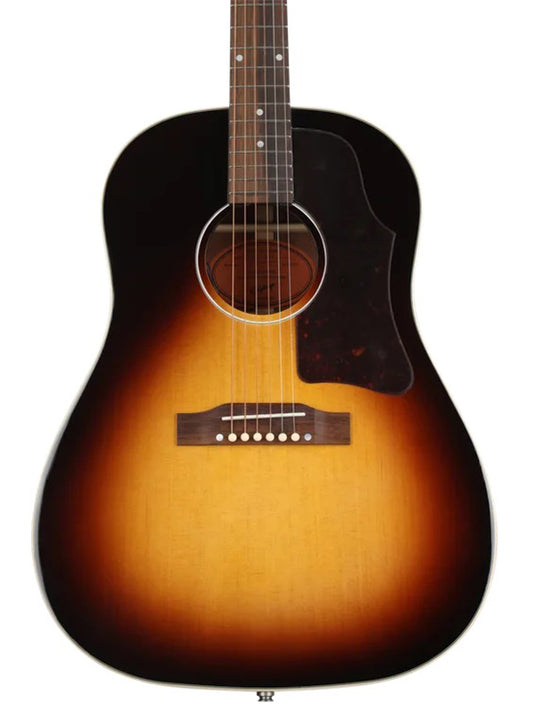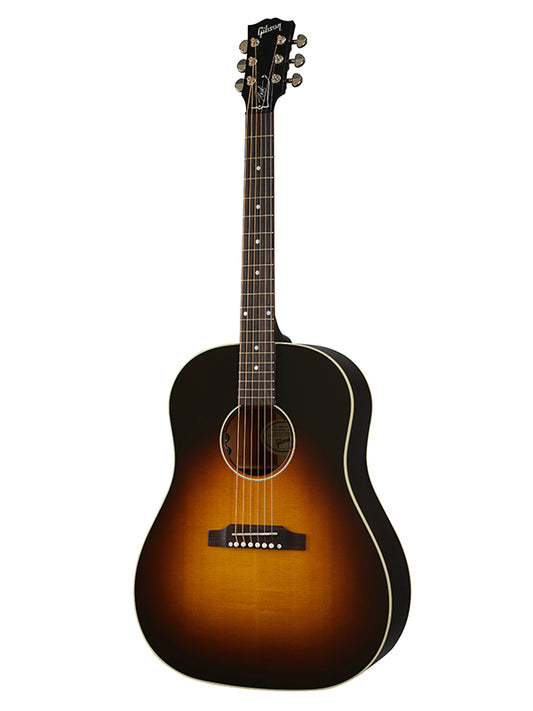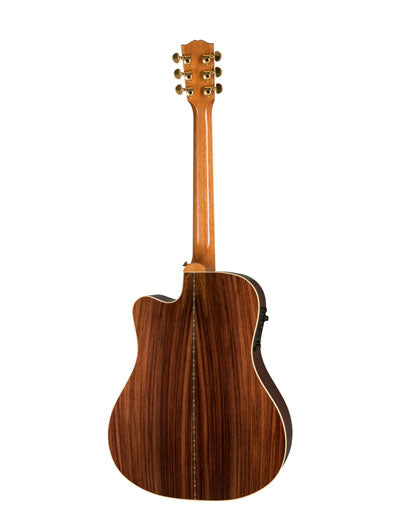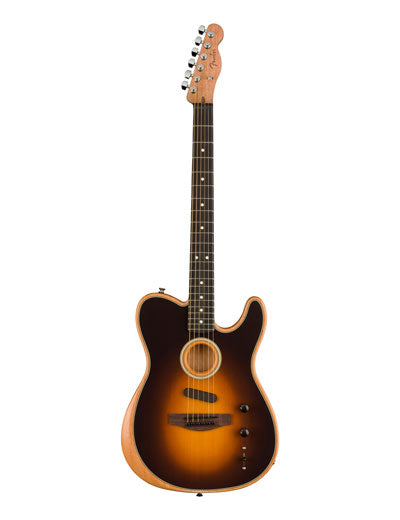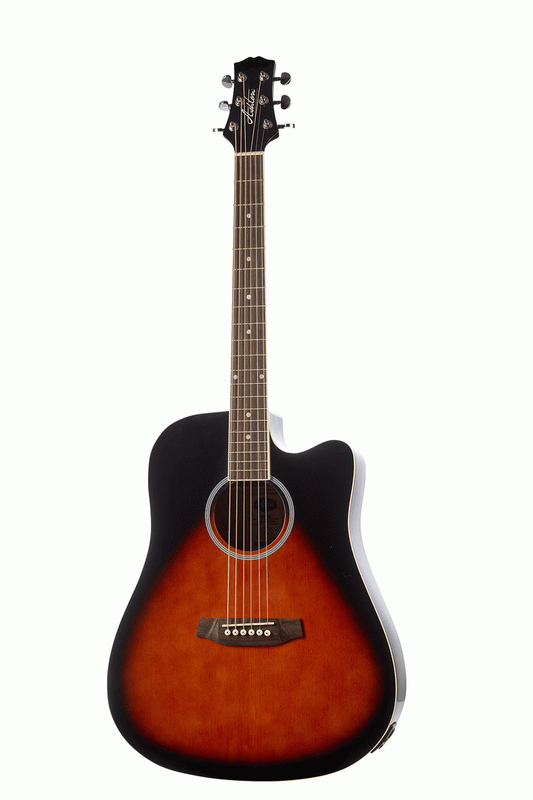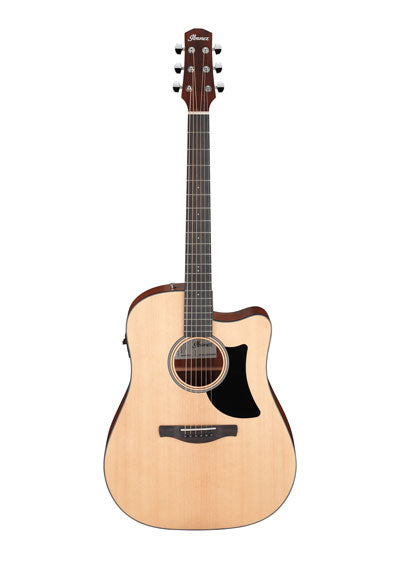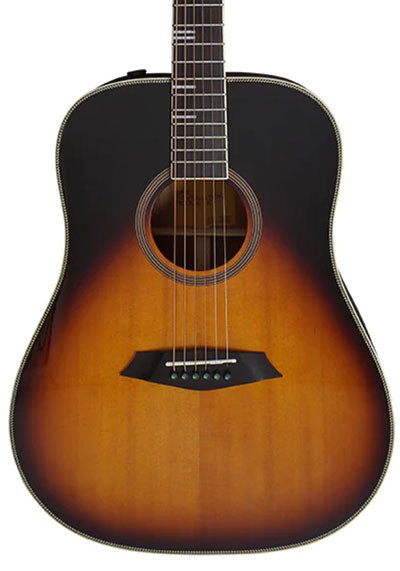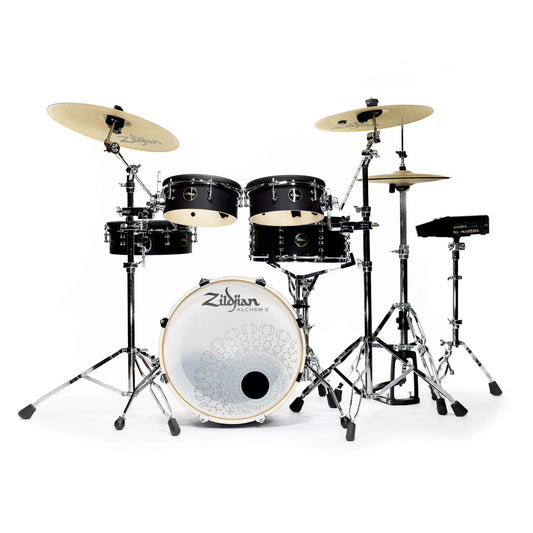-
Taylor GS Mini-e Koa Electro-Acoustic Guitar
Vendor:TaylorRegular price Rs. 129,327.00Regular priceUnit price perRs. 136,039.00Sale price Rs. 129,327.00Sale -
Gibson MCRSG5AN G-45 Acoustic Guitar - Antique Natural
Vendor:GibsonRegular price Rs. 131,000.00Regular priceUnit price perRs. 141,000.00Sale price Rs. 131,000.00Sale -
Gibson Generation Collection G-Bird Acoustic-Electric Guitar - Natural
Vendor:GibsonRegular price Rs. 197,000.00Regular priceUnit price perRs. 207,000.00Sale price Rs. 197,000.00Sold out -
Epiphone Slash J-45 Acoustic Guitar November Burst With Hard Case
Vendor:EpiphoneRegular price Rs. 100,999.00Regular priceUnit price perRs. 110,999.00Sale price Rs. 100,999.00Sale -
Gibson SSSWRBG19 Acoustic Songwriter Standard Rosewood - Rosewood Burst
Vendor:GibsonRegular price Rs. 336,000.00Regular priceUnit price per -
Fender 972013221 American Acoustasonic Telecaster Electric Guitar - Natural
Vendor:FenderRegular price Rs. 203,811.00Regular priceUnit price perRs. 214,538.00Sale price Rs. 203,811.00Sold out -
Fender 972013232 American Acoustasonic Telecaster Electric Guitar - Sunburst
Vendor:FenderRegular price Rs. 203,811.00Regular priceUnit price perRs. 214,538.00Sale price Rs. 203,811.00Sold out -
Fender American Acoustasonic Stratocaster Acoustic-electric Guitar - 3-Color Sunburst
Vendor:FenderRegular price Rs. 203,811.00Regular priceUnit price perRs. 214,538.00Sale price Rs. 203,811.00Sale -
Fender Acoustasonic Player Telecaster Acoustic-electric Guitar - Shadow Burst with Rosewood Fingerboard
Vendor:FenderRegular price Rs. 137,206.00Regular priceUnit price perRs. 144,428.00Sale price Rs. 137,206.00Sale -
Fender 972023221 American Acoustasonic Stratocaster Acoustic-Electric Guitar - Natural
Vendor:FenderRegular price Rs. 203,811.00Regular priceUnit price perRs. 214,538.00Sale price Rs. 203,811.00Sale -
Ashton D20CEQ NTM 41Inch Dreadnought Cutaway Acoustic Guitar With EQ - Natural Matt Wood
Vendor:AshtonRegular price Rs. 14,010.00Regular priceUnit price per -
Ashton D20CEQ TSB 41Inch Dreadnought Cutaway Acoustic Guitar With EQ - Tobacco Sunburst
Vendor:AshtonRegular price Rs. 14,640.00Regular priceUnit price per -
Ashton D20CEQ BK 41Inch Dreadnought Cutaway Acoustic Guitar With EQ - Black
Vendor:AshtonRegular price Rs. 14,640.00Regular priceUnit price per -
Martin 0-X1E Acoustic Guitar
Vendor:CF MartinRegular price Rs. 64,434.00Regular priceUnit price perRs. 64,434.00Sale price Rs. 64,434.00 -
Cort A6 Plus FMMH OPN Artisan Series 6 String Electric Bass Guitar - Open Pore Natural
Vendor:CortRegular price Rs. 66,713.00Regular priceUnit price perRs. 70,224.00Sale price Rs. 66,713.00Sold out -


Cort GA-FF NAT Grand Regal Series Acoustic Guitar With Cutaway Electronics - Natural Glossy
Vendor:CortRegular price Rs. 25,297.00Regular priceUnit price perRs. 26,629.00Sale price Rs. 25,297.00Sold out -
Cort EARTHGRAND F OP Earth Grand Semi-Acoustic Guitar With Electronics
Vendor:CortRegular price Rs. 28,880.00Regular priceUnit price perRs. 30,400.00Sale price Rs. 28,880.00Sold out -
Cort Little CJ Adirondack OP CJ series Acoustic Guitar With Electronics - Open Pore
Vendor:CortRegular price Rs. 31,768.00Regular priceUnit price perRs. 33,440.00Sale price Rs. 31,768.00Sold out -
Ibanez Standard SR305EBL Left-handed Bass Guitar - Weathered Black
Vendor:IbanezRegular price Rs. 41,400.00Regular priceUnit price perRs. 42,400.00Sale price Rs. 41,400.00Sold out -
Ibanez AAD300CE Acoustic-Electric Guitar - Natural Low Gloss
Vendor:IbanezRegular price Rs. 52,800.00Regular priceUnit price perRs. 52,800.00Sale price Rs. 52,800.00Sold out -
Ibanez AAD50CE LG Acoustic-Electric Guitar - Natural Low Gloss
Vendor:IbanezRegular price Rs. 40,000.00Regular priceUnit price perRs. 40,000.00Sale price Rs. 40,000.00Sold out -
Ibanez AAD170CE Acoustic-Electric Guitar - Natural Low Gloss
Vendor:IbanezRegular price Rs. 51,200.00Regular priceUnit price perRs. 51,200.00Sale price Rs. 51,200.00Sold out -
Sire Larry Carlton A4-D Semi Acoustic Guitar Vintage Sunburst
Vendor:SireRegular price Rs. 51,072.00Regular priceUnit price perRs. 53,760.00Sale price Rs. 51,072.00Sold out -
Sire Larry Carlton A4-D Semi Acoustic Guitar Natural
Vendor:SireRegular price Rs. 51,072.00Regular priceUnit price perRs. 53,760.00Sale price Rs. 51,072.00Sold out

FOCAL PRO
DISCOVER THE PROFESSIONAL AUDIO FOCAL PRODUCTS
This is the Focal Professional philosophy. These professional monitors are conveived right from the first stages of R&D to reporduce the sound signal without distorsion.
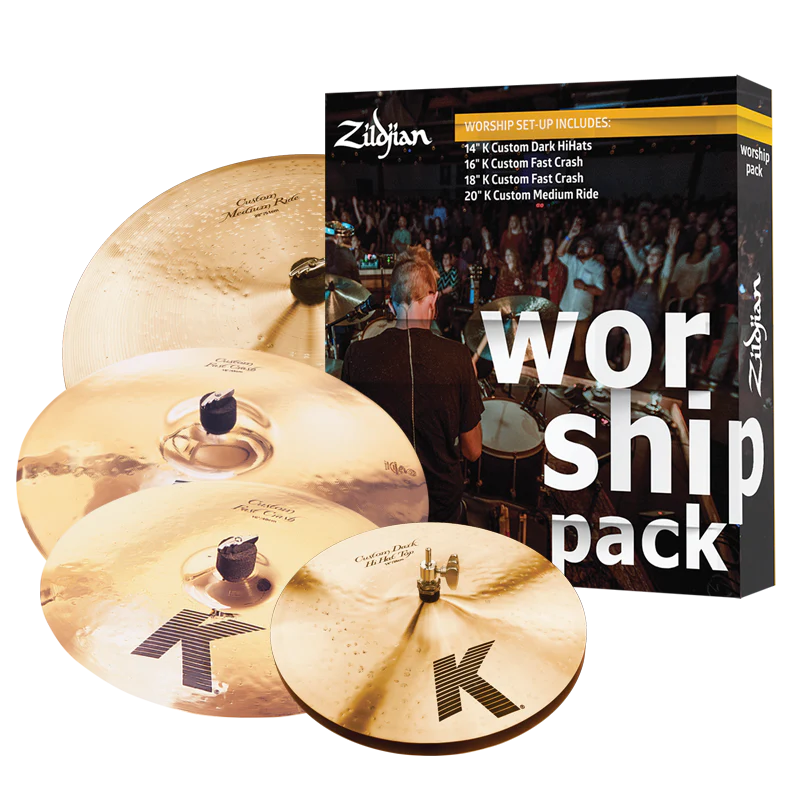
ZILDJIAN CYMBALS
Blending old world concepts and new world techniques,Zildjianhas evolved with both music and technology, continuing to innovate the process of cymbal...






